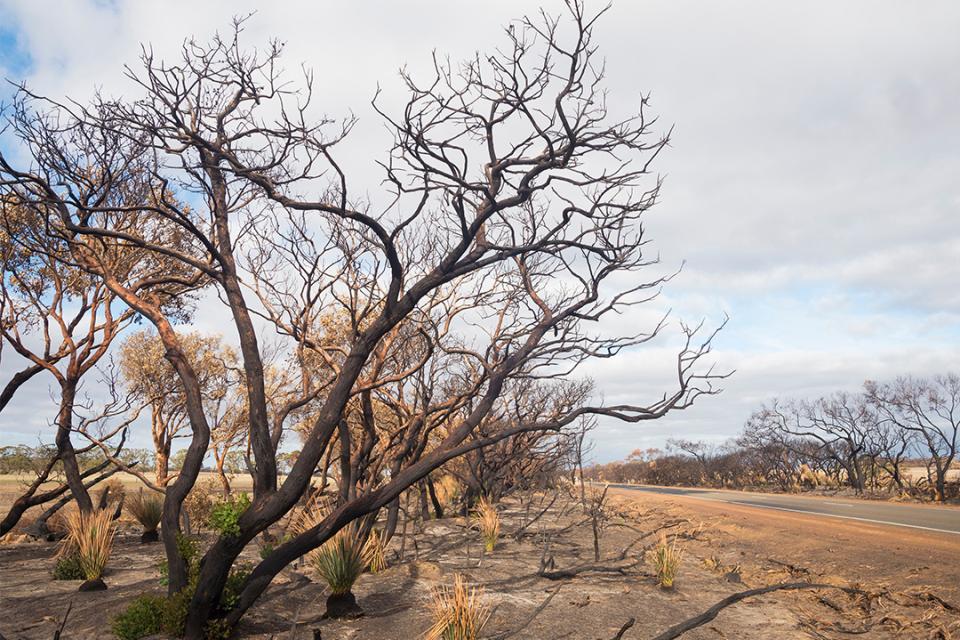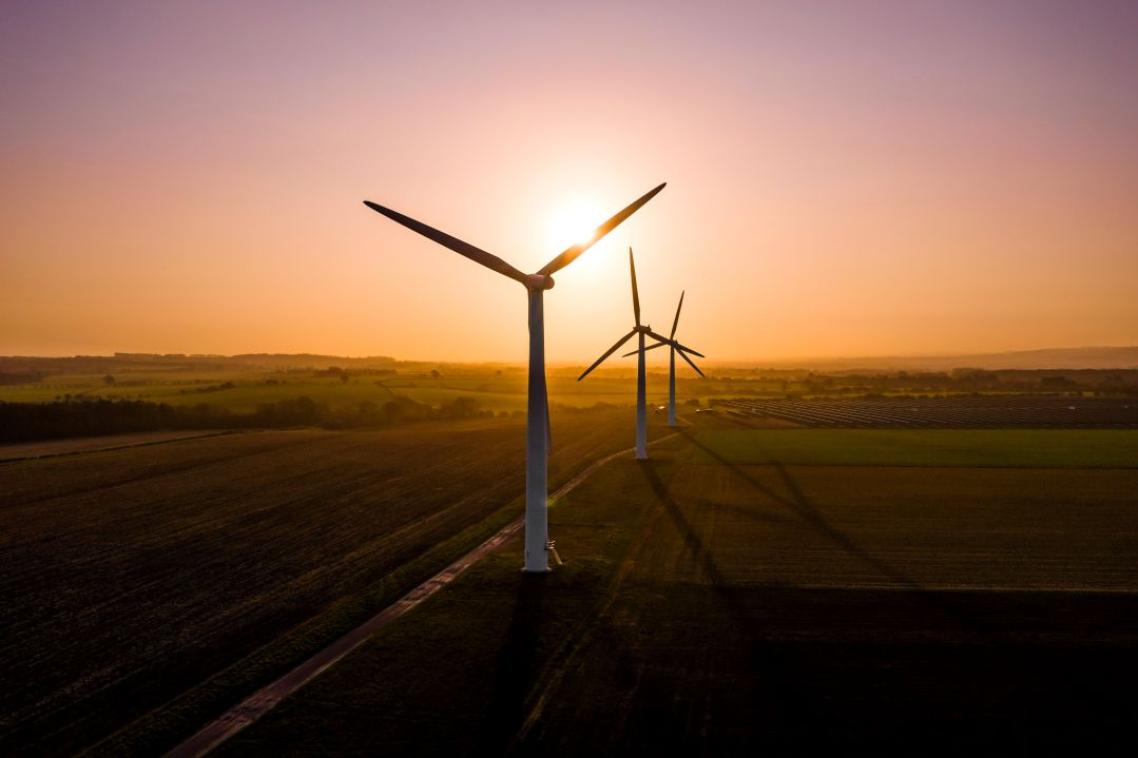Ecological refuges or traps? Mapping a future for Australia’s islands

Aerial view of the northern Whitsunday Islands, Queensland.
(Photo credit: Juergen Wallstabe / Adobe Stock )
University of Queensland researchers have completed the first comprehensive studies of recent fire history and koala populations across Australia’s 9,300 islands.
The research at the School of the Environment led by Professor Salit Kark fills vital knowledge gaps about islands, which have a key role in conservation as safe havens for endangered species when managed well but may become ecological traps.
“While fire and koalas have been substantially studied on the Australian mainland, much less is known about islands, where isolation can be both a benefit and a risk,” Professor Kark said.
“Islands are often managed individually, but it is important to share lessons from conservation and management outcomes learned on different islands in the face of multiple threats, such as climate change, invasive species and land use change.
“If we can better share experiences and information across islands, we can better use limited conservation resources and support island communities, ecosystems and biodiversity.
“Collaboration can help prioritise management activities and better protect unique island ecosystems into the future.”
Islands on fire
The UQ team led a study of fire activity on multiple Australian islands over the past 20-plus years and found a quarter of all 167 Australian islands larger than 1 km2 experienced at least 10 fire events each between 2000–2022.
Study author Associate Professor Noam Levin, who used GIS and remote sensing to study fire patterns, said some of the largest fires burned up to 30-40 per cent of the total island’s area, including Kangaroo Island in South Australia and K’gari in Queensland.
“We found that threatened species were often associated with islands with higher fire intensities and larger burnt areas,” Dr Levin said.
“While some Australian island species benefit from traditional burning and fire, large and intense fires can lead to species declines and jeopardise the role of islands as safe havens and refuges for endemic and threatened species.”
The UQ research paper has been published in Biological Conservation.

Burnt trees after a bushfire on Kangaroo Island, South Australia.
(Photo credit: Patrick / Adobe Stock)
Koala populations
A related study led by the UQ team has created the first database of koalas on Australian islands, finding historical records of koalas on a total 37 islands, of which 15 still support koala populations.
Study author Mitchell Eddie said the database shows many of the persistent koala populations were introduced to islands by people.
“The major threats island koalas face are over-browsing of available food sources, disease and habitat destruction through fire or human activity,” Mr Eddie said.
“One example is Phillip Island in Victoria, which has the largest human population of all koala-inhabited islands, with fewer than 20 koalas.
“Many Australian islands have not yet been explored and require future research to map koala presence.
“Some islands including Rabbit in South Australia, Rotamah in Victoria, and Newry in Queensland show potential as disease-free refuges.”
The UQ research paper has been published in Biodiversity and Conservation.

A koala at Amity on Stradbroke Island, Queensland.
(Photo credit: Professor Salit Kark)
The two new studies by the Biodiversity Research Group, along with a recent database of frog and freshwater fish species published this year, improve the understanding of Australia’s islands and their wildlife populations.
Professor Kark says together, these studies provide a roadmap and better baseline for coordinating the future conservation on islands.
“As Australia grapples with biodiversity loss and climate pressures, islands may hold an important key to preserving species into the future if they’re managed wisely,” she said.
“There is an urgent need for targeted, island-focused and integrated strategies to protect biodiversity such as koalas on islands and to manage threats, including fire on islands.”
Related articles

Brazil claims to be an environmental leader. Are they?

COP30 climate summit: UQ experts
Media contact
UQ Communications
communications@uq.edu.au
+61 429 056 139
